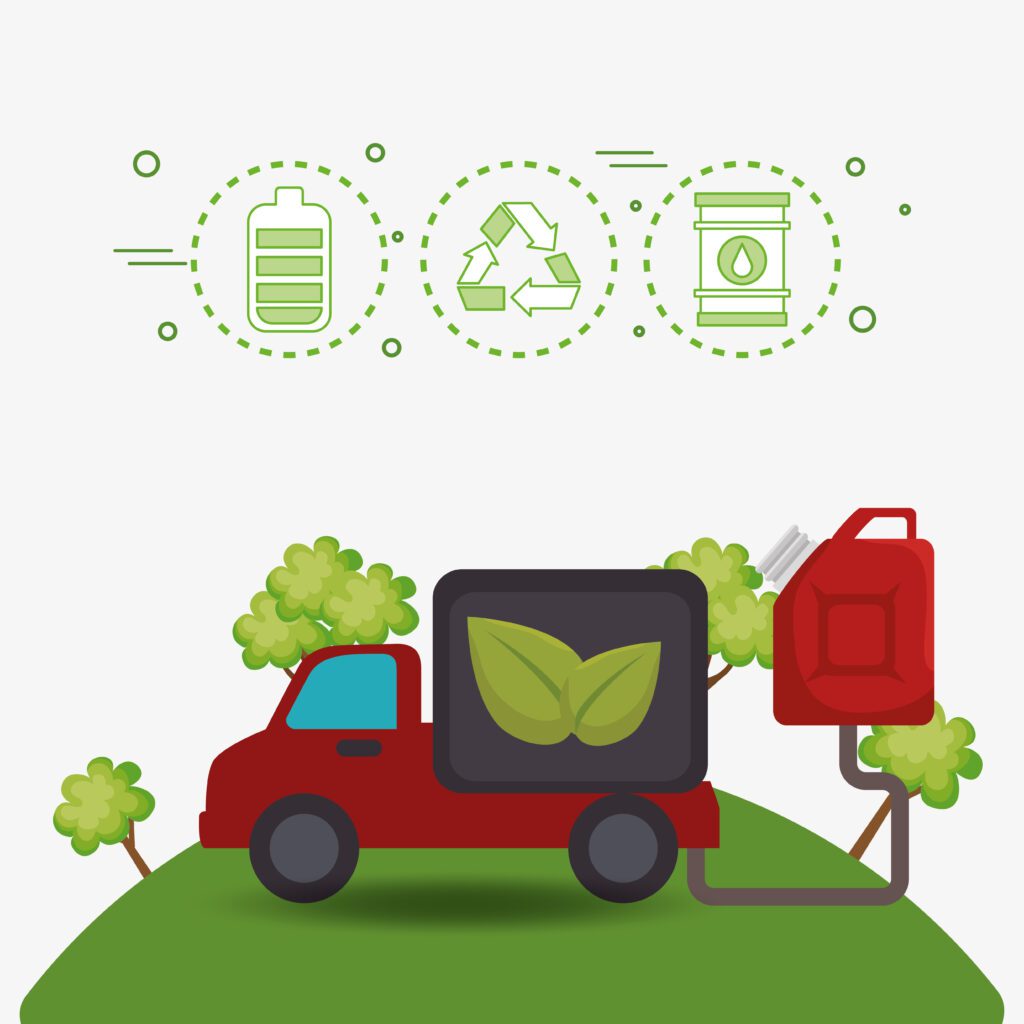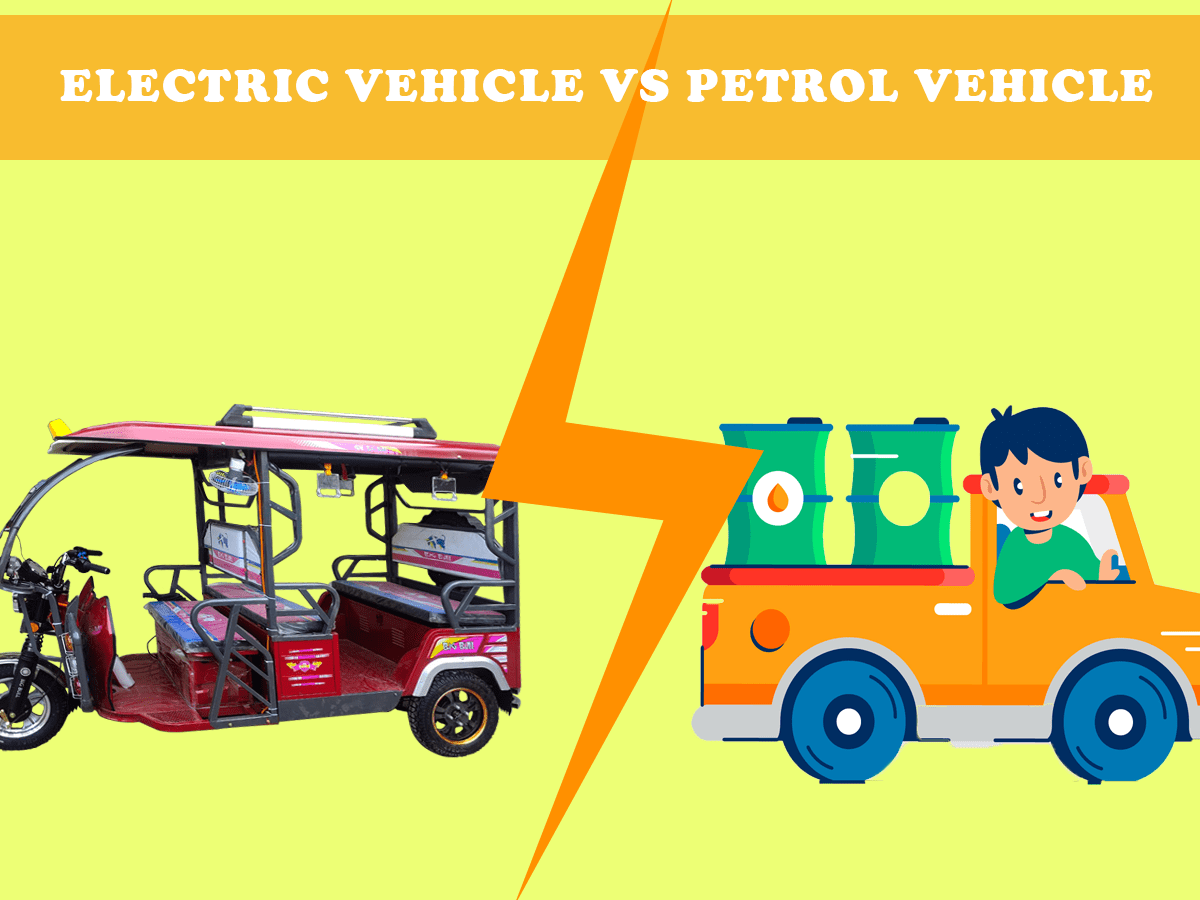E-Rickshaws vs Conventional Rickshaws is the top-notch topic nowadays in many places around the world, rickshaws have long been a well-liked means of transportation. The streets were once dominated by rickshaws that were drawn by people, then by autos. But as electric technology has developed, e-rickshaws have become more popular as a practical substitute. In this article, we will contrast traditional rickshaws with e-rickshaws, examining how they differ in terms of performance, cost, and sustainability.
Table of Contents
ToggleEnvironmental Impact : E-Rickshaws vs. Conventional Rickshaws
When comparing environmental effects, e-rickshaws clearly outperform traditional rickshaws. Electric motors, which have zero exhaust emissions, power e-rickshaws. Conventional rickshaws, on the other hand, are usually powered by fossil fuels, which add to air pollution and greenhouse gas emissions. E-rickshaws are the more environmentally friendly option in terms of sustainability and lowering carbon footprints.
Operational Costs:
E-rickshaws have a lot to offer in terms of lower operating expenses. When compared to the expense of refueling traditional rickshaws with gasoline or diesel, electric power is typically less expensive. Operators of e-rickshaws can profit from decreasing energy costs, which will lower daily operating costs. Additionally, because they have fewer moving parts and don’t need regular oil changes or engine tune-ups, e-rickshaws require less maintenance.

Performance and Efficiency for E- Rickshaw
The performance and efficiency of E-Rickshaws vs. Conventional Rickshaws have improved significantly. E-rickshaw electric motors are renowned for their strong torque and smooth acceleration. They provide customers with a calmer and more relaxing trip. Even though they are dependable, traditional rickshaws frequently have less power and might be noisy. In addition, regenerative braking technologies on e-rickshaws assist recharge the battery while the vehicle is decelerating, making them more energy-efficient.
Government Policies and Support:
Many governments have put supportive laws in place after realizing the potential of e-rickshaws to promote sustainable urban transportation. In some areas, incentives are provided to promote the use of e-rickshaws, including subsidies, tax advantages, and loan programs. These legislative changes increase the appeal of e-rickshaws as a mode of transportation for drivers and support their expansion and acceptance.
Passenger Experience and Safety:
Both traditional and electric rickshaws provide passengers with practical transit options. However, because of their cutting-edge suspension systems, e-rickshaws frequently offer a more comfortable and smoother ride. In comparison to certain traditional rickshaws, e-rickshaws also have safety equipment including headlights, taillights, and rearview mirrors, which improve passenger safety.

E-Rickshaws vs Conventional Rickshaws have advantages and disadvantages. While traditional rickshaws have a long history and are well-known, e-rickshaws offer a more environmentally friendly and economical alternative. E-rickshaws in India have become more well-known as a cleaner and more effective form of urban transportation, thanks to their zero-emission operation, cheaper operating costs, enhanced performance, and government assistance. E-rickshaws are emerging as a viable option for a cleaner and more sustainable future as cities work to improve transportation infrastructure and address environmental issues.






